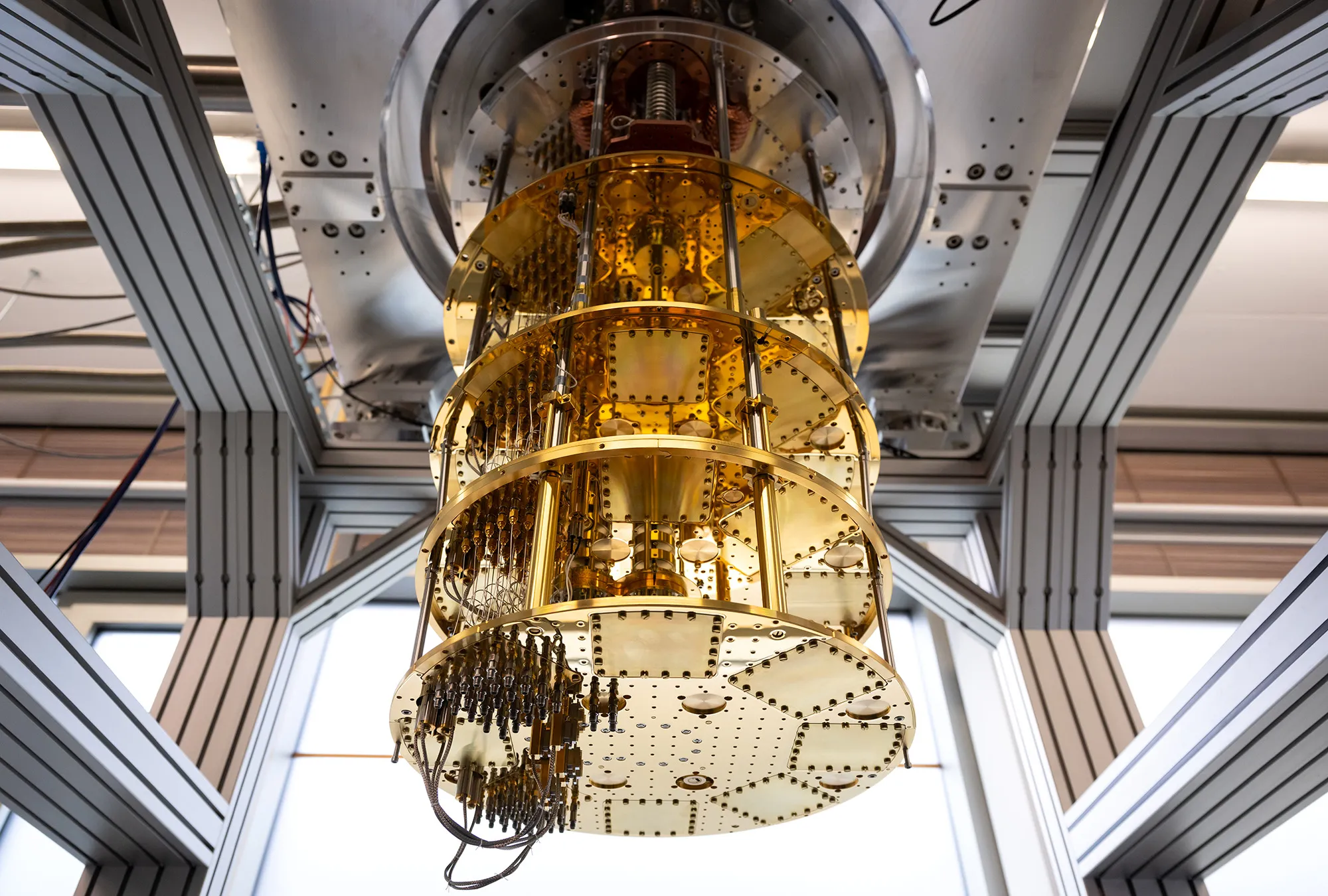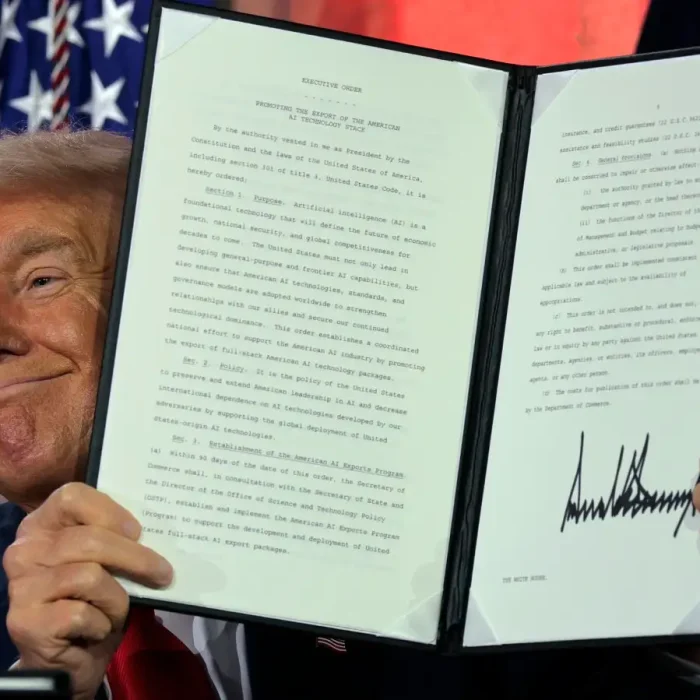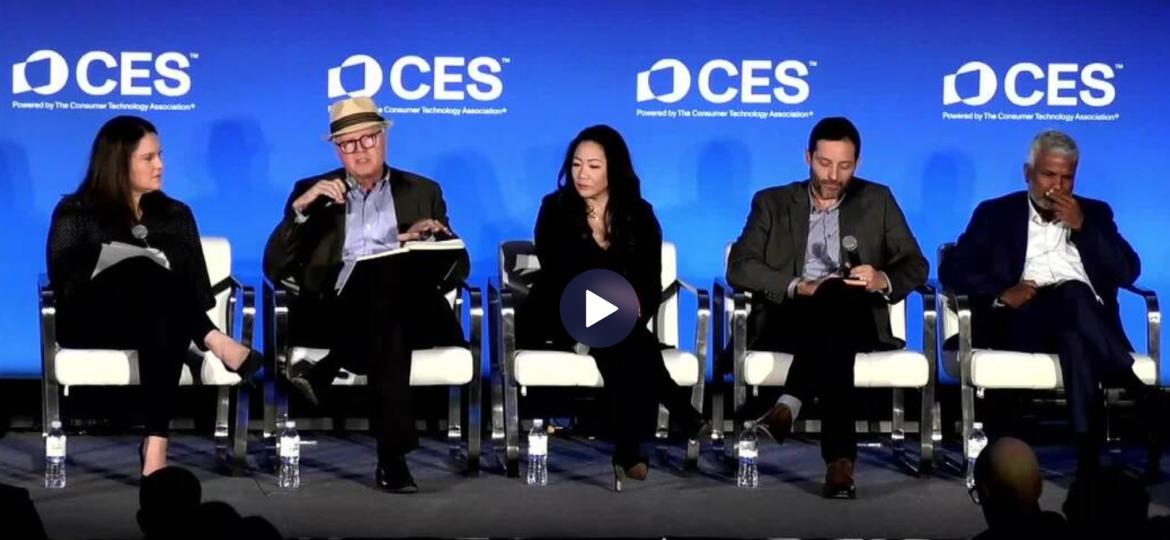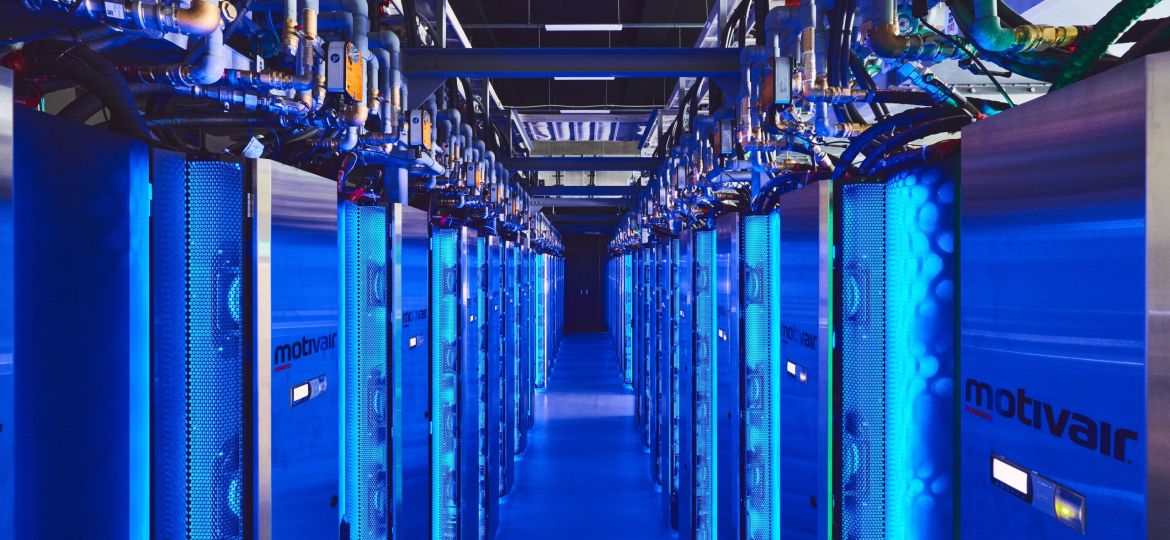In emerging tech sectors, follow the money…
The United States is undergoing a quantum revolution. No longer confined to academic theory or physics labs, quantum computing is transitioning rapidly into a real-world technology—billions in investments signal a shift from potential to progress. From solving previously intractable problems to transforming industries like cybersecurity, logistics, and pharmaceuticals, quantum technologies are edging closer to practical application.
In the past few months alone, announcements from industry leaders like IBM and ambitious initiatives such as New Mexico’s Quantum Moonshot program have redefined what’s possible in quantum funding and research. Major federal backing through agencies like DARPA and new legislation reflects a national commitment to staying at the forefront of this frontier.
Why the urgency? Quantum computing isn’t just a lab experiment anymore—the implications are far-reaching and the firs to succeed could secure economic power, technological sovereignty, and enhanced national security. Countries around the world are competing for quantum dominance. The U.S. is rapidly positioning itself to lead, driven by an unprecedented coalition of government, academia, and industry.
IBM’s $150 Billion Commitment to U.S. Innovation
IBM has made one of the boldest bets yet on America’s quantum future: a $150 billion investment over the next five years aimed at accelerating domestic tech innovation and significant funding allocated toward quantum computing, AI, and mainframe technologies. Over $30 billion of this funding is dedicated specifically to next-gen computing platforms, reflecting the company’s belief that quantum will be as transformative as the internet itself.

A centerpiece of this push is the IBM Quantum System Two, powered by the newly unveiled 156-qubit Heron processor. Designed for utility-scale performance, this system is tailored for solving complex problems beyond the reach of classical computers. The first of these systems is set to be deployed at the IBM-Euskadi Quantum Computational Center in Spain by the end of 2025—marking a significant step in IBM’s global quantum roadmap.
IBM’s initiative aims to reignite American manufacturing. The company already produces systems in New York that handle 70% of the world’s global transaction processing and plans to expand its domestic footprint as it scales quantum development.
New Mexico announces “Moonshot” to Advance Quantum Technologies

Somewhere in sunny New Mexico, a space increasingly populated by corporate giants, a bold new Quantum Moonshot program is launched proving that collaborative innovation can lead the charge. Spearheaded by Elevate Quantum and involving elite partners such as Sandia National Laboratories and Los Alamos National Laboratory, Moonshot is a high-stakes initiative designed to accelerate the development and deployment of quantum technologies across the United States.
What sets Moonshot apart is its mission-driven, ecosystem-first approach: rather than relying solely on isolated advancements, it seeks to build a thriving regional quantum economy centered in Colorado and the Mountain West. Elevate Quantum brings together a dynamic consortium of startups, research universities, Fortune 500 companies, and national labs, all united by the belief that collaboration is the key to commercialization. Their goal is not only technological progress, but also to ensure that quantum innovation creates equitable economic opportunity and national security value for decades to come.
From quantum networking that could revolutionize secure communications to advanced sensing that may redefine navigation, defense, and environmental monitoring, the Moonshot initiative is laying the groundwork for real-world quantum applications. With a sharp focus on commercialization, workforce development, and startup acceleration, Elevate Quantum is turning what was once theoretical into practical, deployable, and economically impactful solutions—cementing the U.S. as a hub of quantum progress.
Federal Initiatives and Legislative Support
DARPA’s Quantum Benchmarking Initiative
The Defense Advanced Research Projects Agency (DARPA) is doubling down on utility-scale quantum computing through its US2QC program. Microsoft and PsiQuantum have been selected for the program’s critical “Validation and Co-Design” stage, where the goal is nothing short of engineering quantum computers capable of delivering practical value by 2033.
This next phase of DARPA’s program signals a surge in confidence—and funding—as more companies are being onboarded to explore diverse architectures and use cases. It’s a clear sign that the U.S. defense sector is betting big on quantum to power tomorrow’s secure communication, intelligence, and defense operations.
Department of Energy Quantum Leadership Act of 2025
In February 2025, the U.S. Senate introduced the Quantum Leadership Act of 2025, a bipartisan bill that proposes over $2.5 billion in funding through 2030 for quantum research, development, and workforce expansion. Sponsored by Senators Dick Durbin (D-IL) and Steve Daines (R-MT), the bill focuses on enhancing the Department of Energy’s quantum R&D efforts while strengthening supply chains and building the next generation of American quantum talent.
The legislation is more than symbolic—it’s a foundational investment that supports quantum centers, collaborative research, and the commercialization of emerging technologies.
Department of Defense Quantum Center of Excellence
Reflecting rising interest in military quantum applications, Representative Nancy Mace (R-SC) has proposed a $20 million investment to establish a Quantum Computing Center of Excellence for the U.S. Army. This center would focus on quantum applications tailored to defense, from battlefield decision-making to secure communications. It signals the Department of Defense’s intent to integrate quantum into the heart of its future tech stack.
Industry Collaborations and Ecosystem Growth
The rise of quantum computing in the U.S. is not a solo journey—it’s powered by a growing web of strategic partnerships. Tech giants like Google, Microsoft, and IBM are working hand-in-hand with national labs, research universities, and federal agencies to build a collaborative innovation pipeline.
Fueling this momentum is the CHIPS and Science Act, which is channeling resources into education, regional hubs, and infrastructure tailored for quantum R&D. It’s helping develop the skilled workforce and specialized facilities needed to scale quantum systems from research prototypes to production-ready tools.
These efforts are transforming the U.S. quantum ecosystem into a dynamic, interconnected engine of growth—and creating a blueprint for sustainable global leadership.
Outlook and Implications
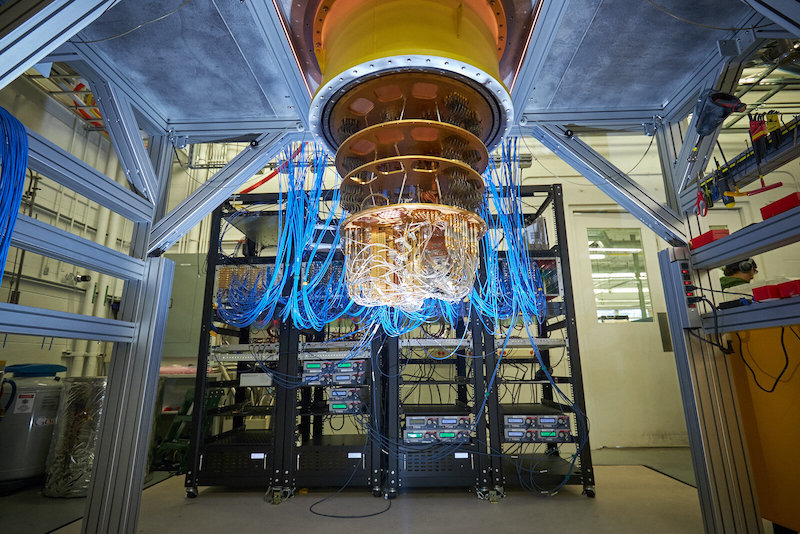
The U.S. is no longer just talking about quantum computing—it’s building it. With sustained investment from both the public and private sectors, the country is poised to lead the global quantum race and unlock breakthroughs with profound implications for medicine, security, artificial intelligence, and beyond.
Yet, challenges remain. Achieving practical, large-scale quantum computing will require continued progress in areas like error correction, stability, and software compatibility. Experts believe the first true utility-scale quantum systems could arrive within the next decade, but continued coordination across industry, academia, and government will be essential.
Still, the momentum is unmistakable—and the stakes are massive. Quantum computing isn’t just the next big thing. It’s the next defining shift in how the world thinks, computes, and competes.



